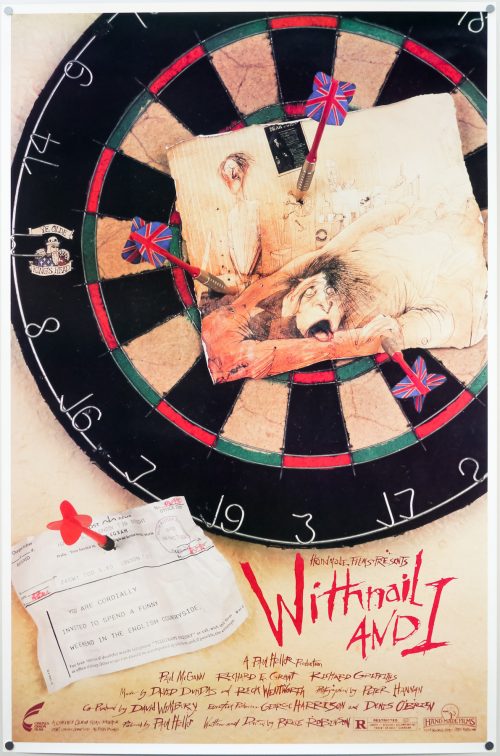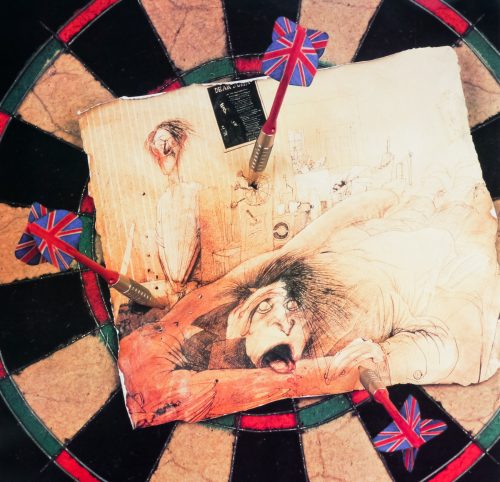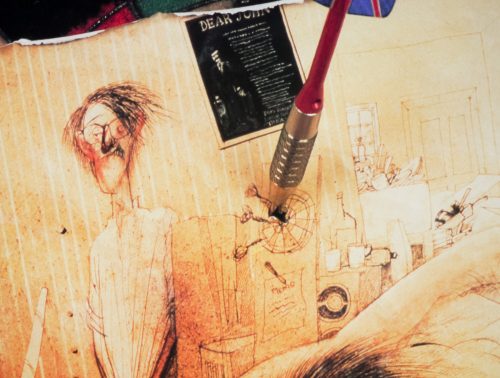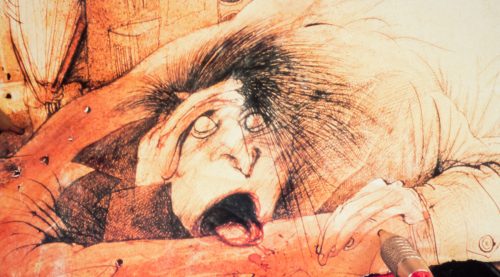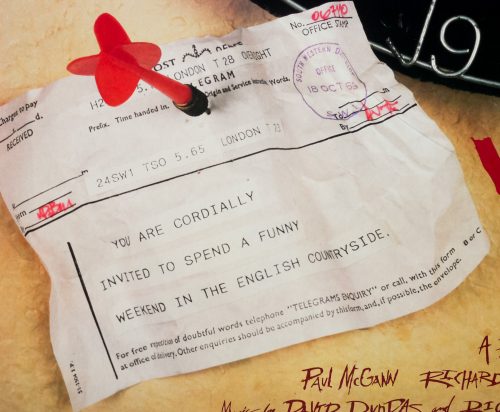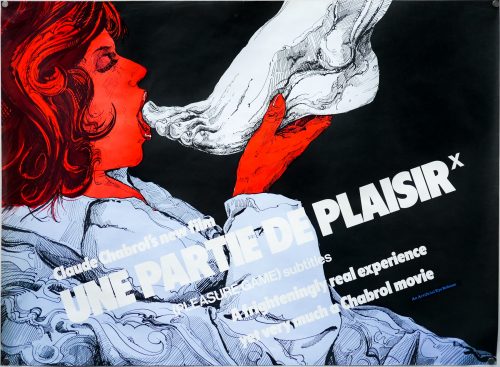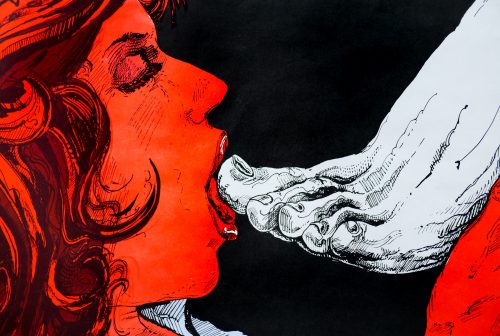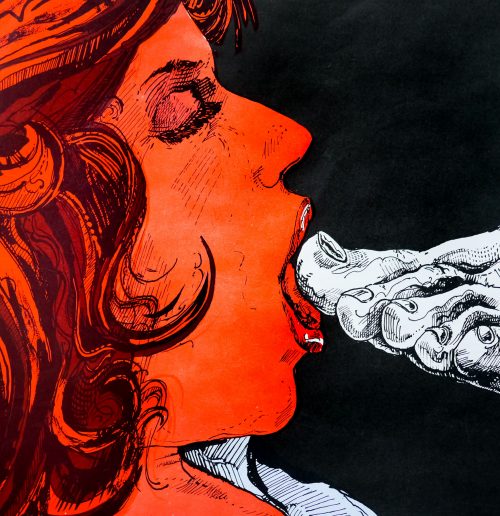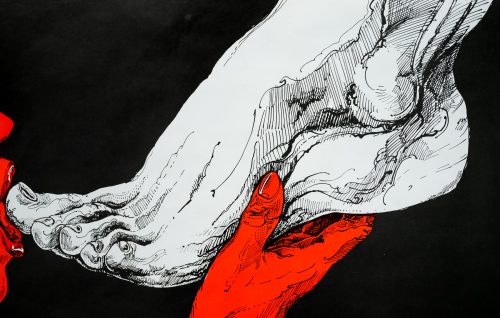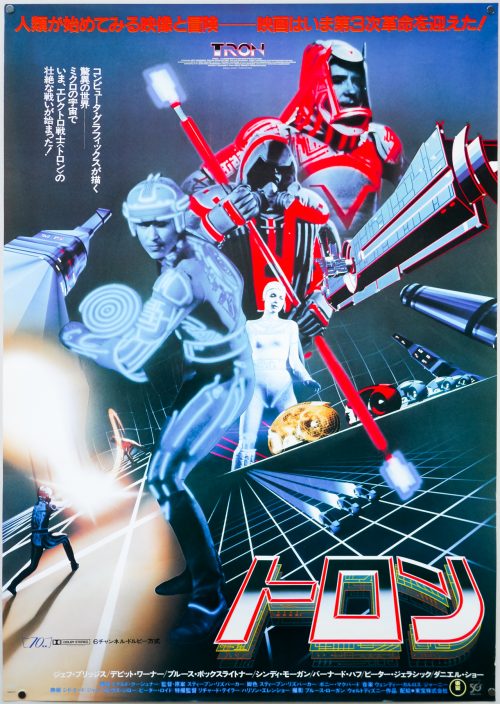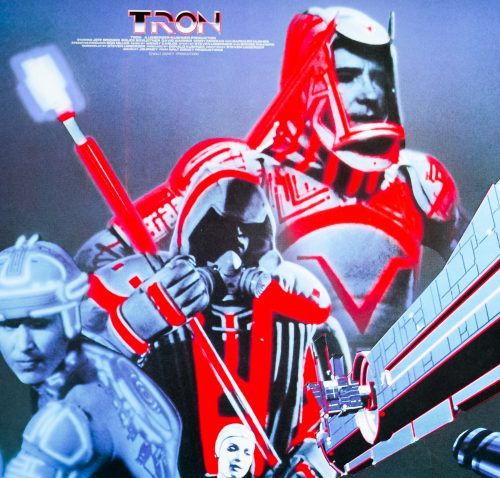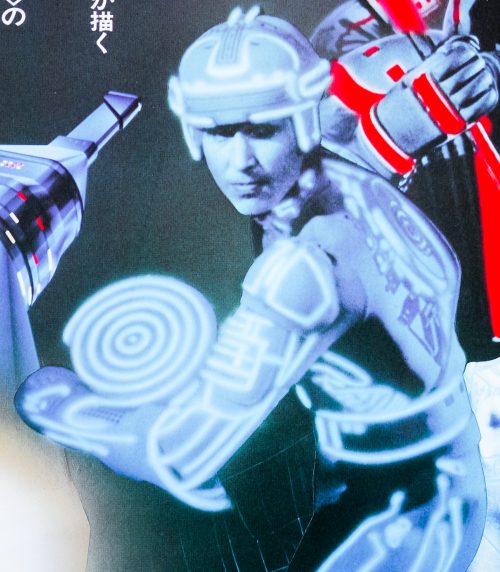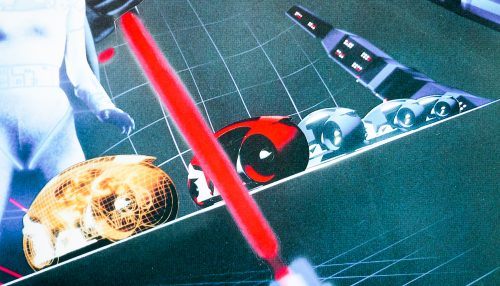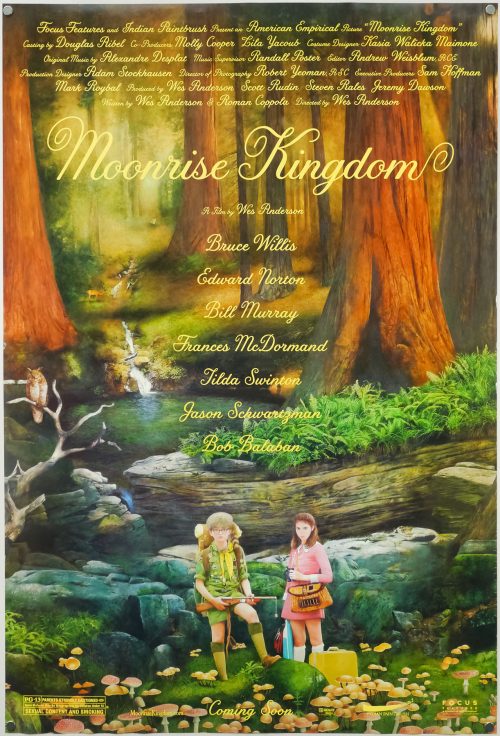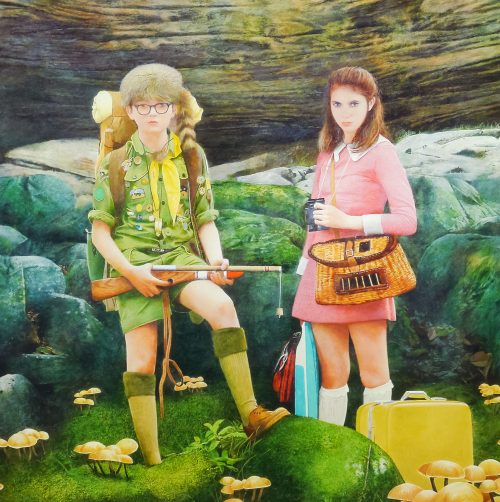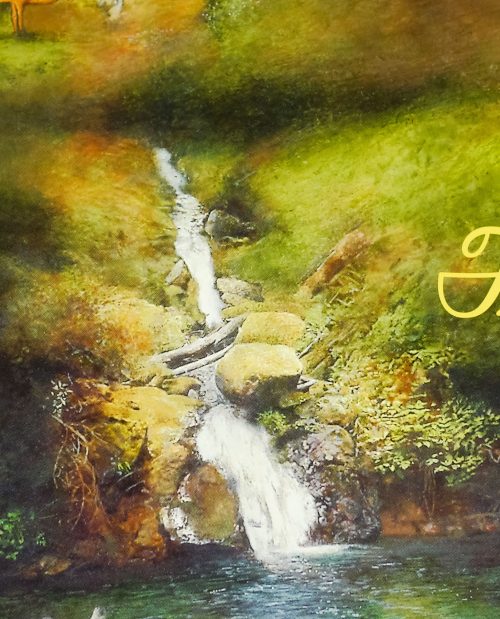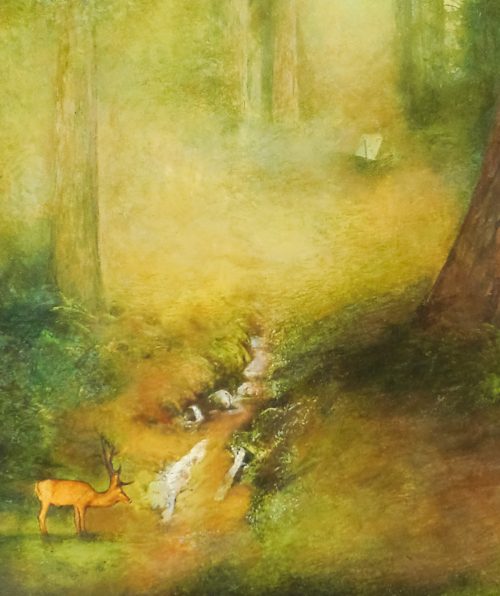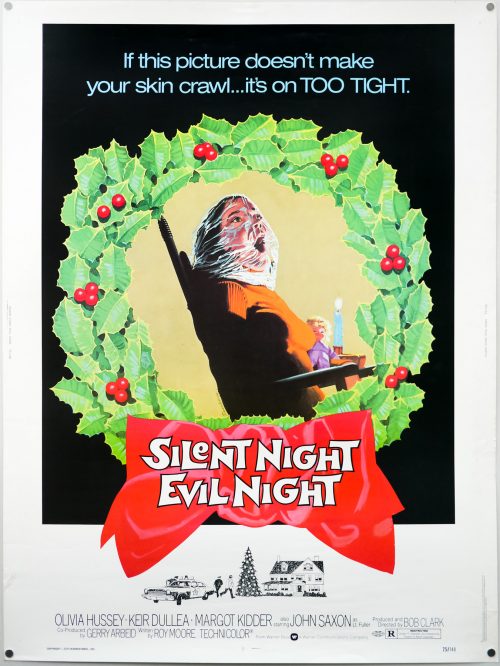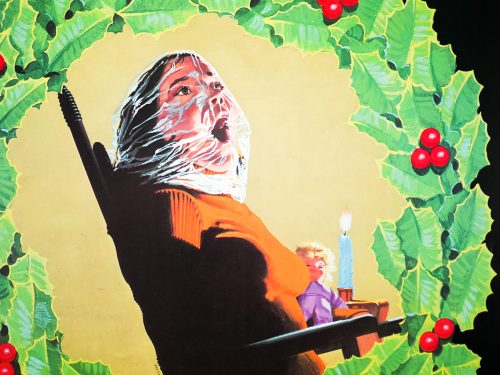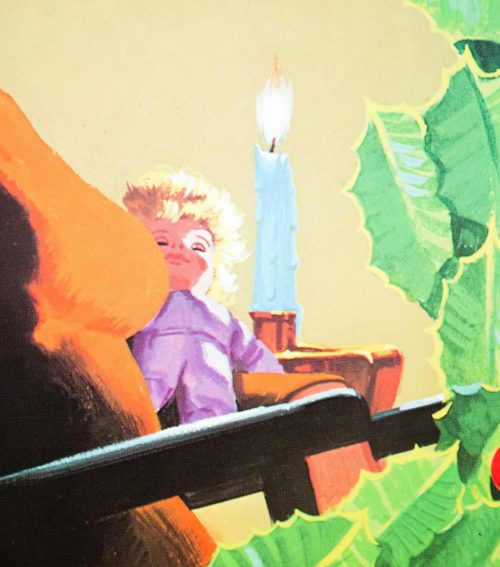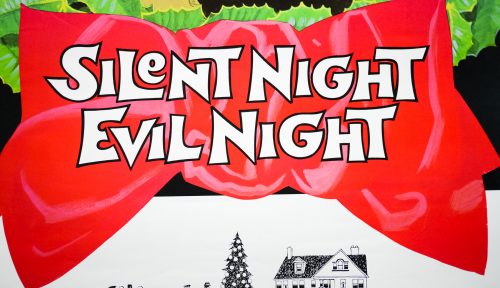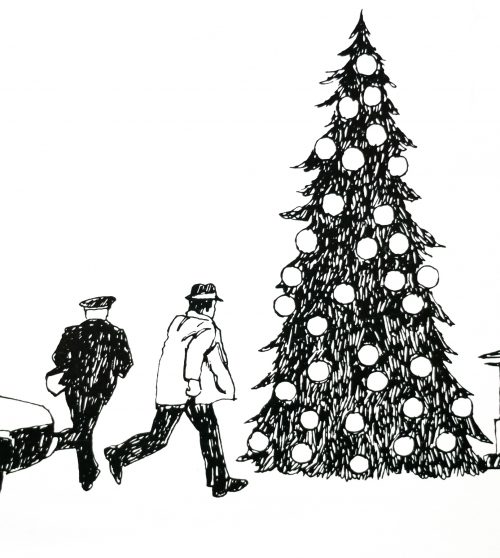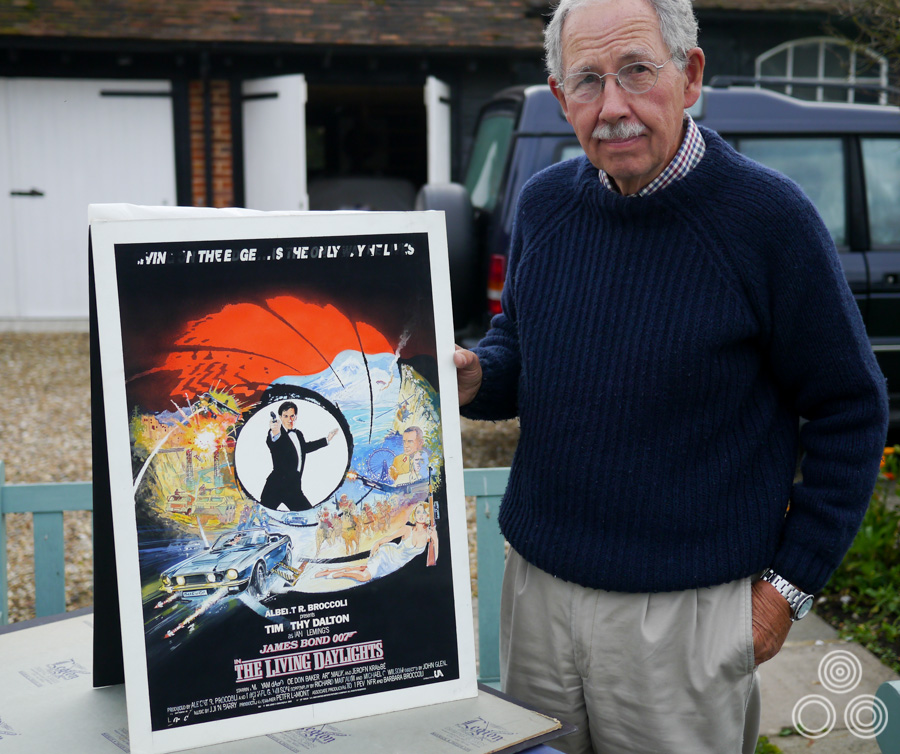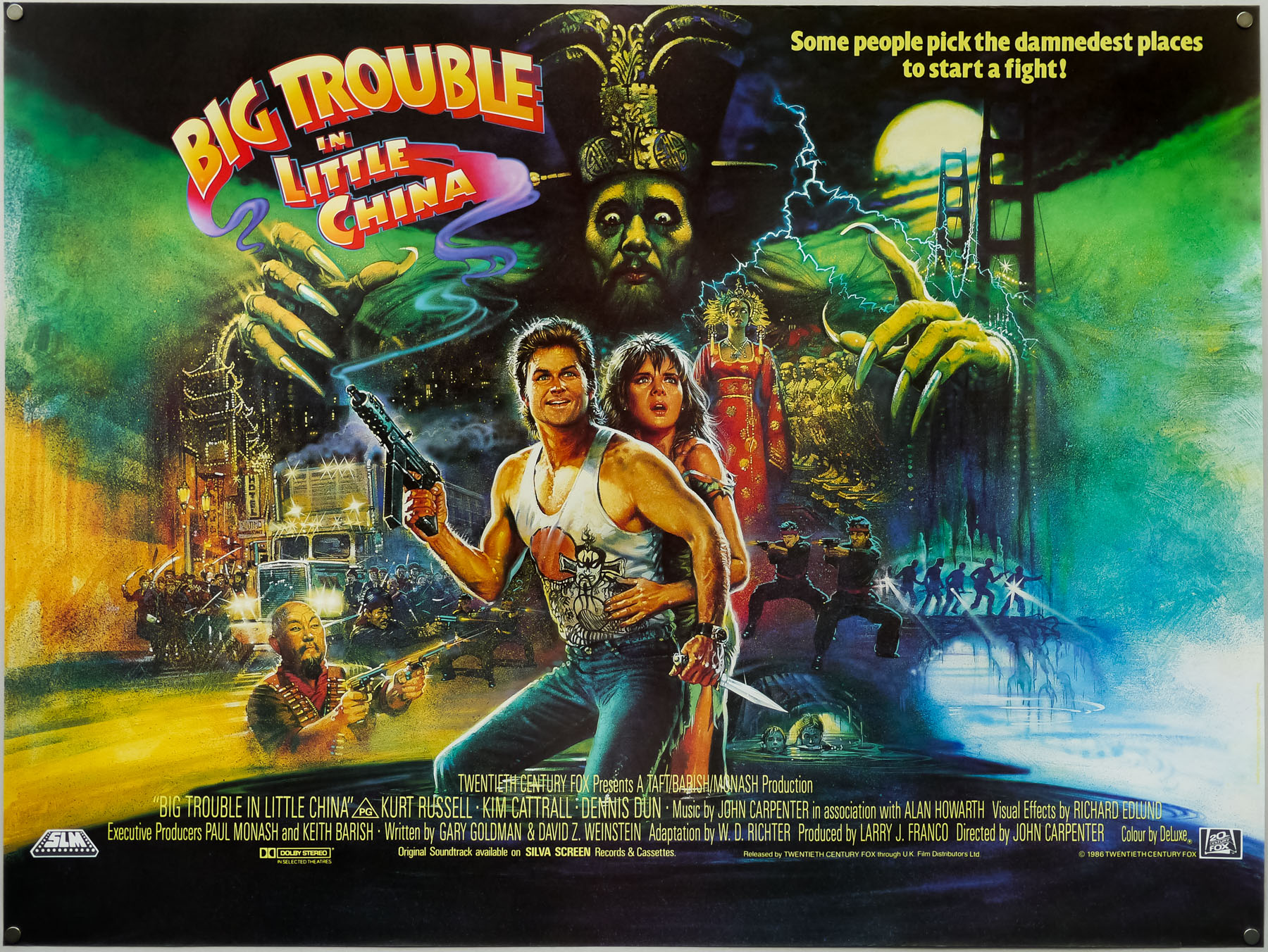- Title
- Withnail and I
- AKA
- Shakespeare a colazione [Shakespeare at breakfast] (Italy)
- Year of Film
- 1986
- Director
- Bruce Robinson
- Starring
- Paul McGann, Richard E. Grant, Richard Griffiths, Ralph Brown, Michael Elphick, Daragh O'Malley, Michael Wardle, Una Brandon-Jones
- Origin of Film
- UK
- Type of Poster
- One sheet
- Style of Poster
- --
- Origin of Poster
- USA
- Year of Poster
- 1987
- Designer
- Unknown
- Artist
- Ralph Steadman
- Size (inches)
- 27 1/16" x 41"
- SS or DS
- SS
- Tagline
- --
Bruce Robinson’s Withnail & I is my favourite British film and one of the best black comedies ever made. Based on the director’s own experiences of living in North London as an unemployed actor, the film stars Richard E. Grant in his debut film role as the titular Withnail and Paul McGann as ‘I’/Marwood. Tired of the mess in their squalid apartment and sick of the lack of job prospects, the pair decide to take advantage of the fact that Withnail’s eccentric uncle Monty (Richard Griffiths) has a cottage in the Lake District, and they plan a relaxing break in the country. After driving up North in Marwood’s battered Jaguar the pair find their time in the cottage is significantly less idyllic than they’d hoped, and the film follows their escapades as they have to deal with inclement weather, a lack of supplies and a bunch of oddball locals. To make matters worse Monty arrives unannounced and takes a keen interest in Marwood.
The artwork on this American one sheet is by the famed British cartoonist and illustrator Ralph Steadman who is perhaps best known for his long-term collaboration with the late American author and journalist Hunter S. Thompson. Born in 1936, Steadman is a noted political cartoonist and has painted book covers for writers such as Ted Hughes and George Orwell, as well as editorial work for papers like The Independent. Steadman’s work with Thompson saw him accompanying the journalist on several field trips, which saw the birth of the famed Gonzo style of journalism. He illustrated the covers for both Fear and Loathing on the Campaign Trail ’72 and the classic Fear and Loathing in Las Vegas, which saw the creation of the stylised character of Thompson depicted with bucket hats, aviator glasses and a cigarette holder. The artist’s official website features a great biography and plenty of galleries of his work.
Steadman has illustrated several film posters, including Terry Gilliam’s brilliant adaptation of Fear and Loathing in Las Vegas and the film based on Thompson’s life Where the Buffalo Roam, as well as the recent documentary Gonzo. In addition to this one sheet, the artwork seen here was used on the superb British quad for the film.
